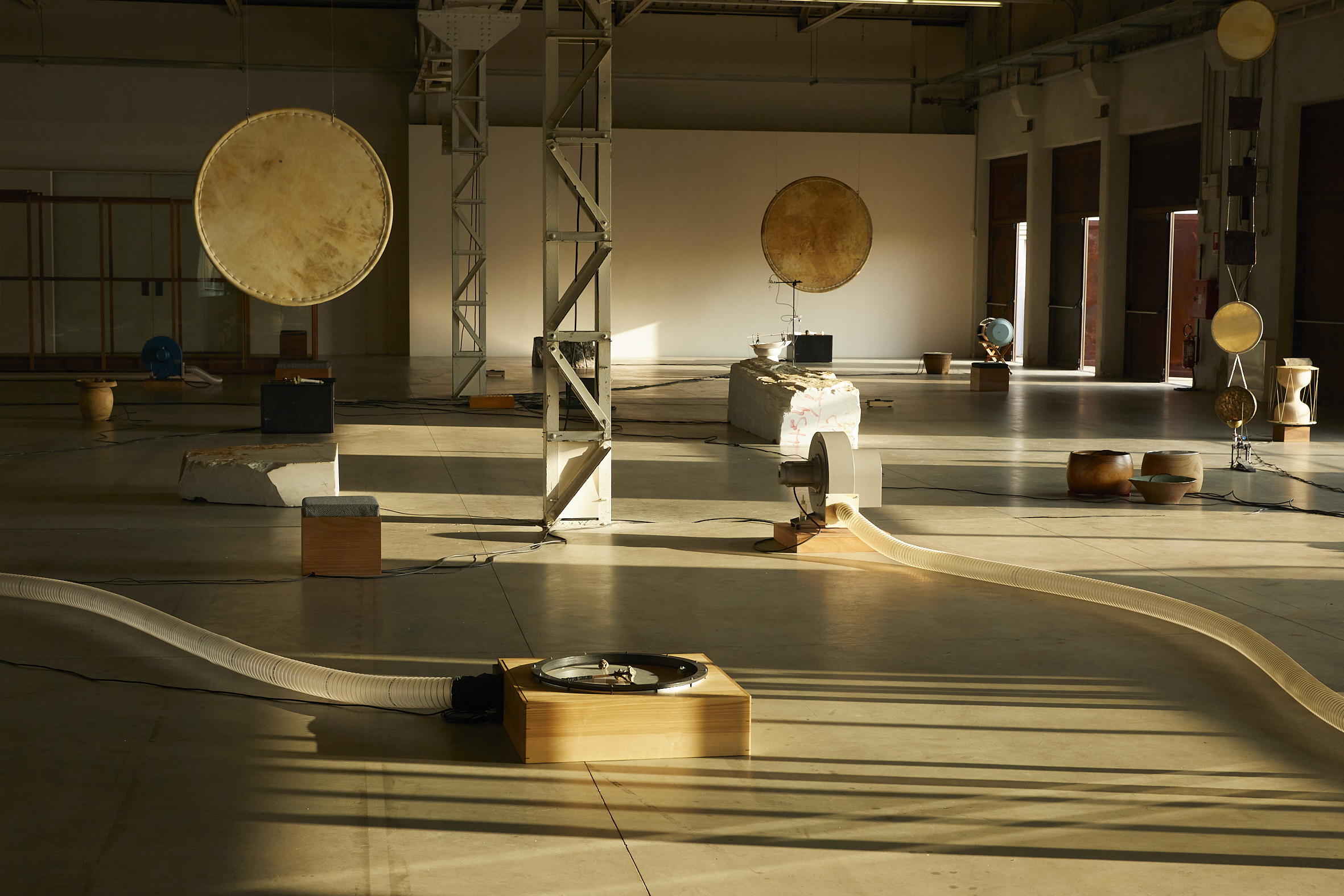When I was a child and managed to push my mother to the brink of exasperation, she would chase me around the house, aiming a slipper or a house shoe in my direction. Of course, whether out of sheer mercy or simply due to poor aim, she never actually hit me. This memory, suspended somewhere between the dramatic and the comedic, still makes us burst into laughter whenever we recall it.
For this reason, I was thoroughly amused to discover that Meriem Bennani (Rabat, 1988) and I might share this very experience. In an interview about her solo exhibition For My Best Family at Fondazione Prada, in Milano, the artist herself references the maternal “slipper toss” while discussing her site-specific installation Sole Crushing. This work, created in collaboration with musical producer Reda Senhaji, a.k.a. Cheb Runner—is a colossal kinetic installation featuring nearly 190 among espadrilles, colorful flip-flops, tasseled slippers, and sandals, all arranged on wooden structures reminiscent of a roller coaster. Connected through a pneumatic system, the shoes collide with various elements, producing a chaotic yet rhythmic musical composition. It is as if they come to life, engaging with one another in a kind of massive, thunderous orchestra. Stepping into the installation, the initial impression is almost unsettling. Yet soon enough, what first appears to be pure cacophony transforms into something deeply familiar and even ancestral. The spectator is drawn into a collective rhythm, becoming part of a sonic flow that seems to question the very essence of life and community. Bennani, who has frequently explored the theme of movement—both in a broader sense and specifically within human relationships (take, for instance, her sculpture Windy (2022) for New York’s High Line, where a perpetually swirling tornado embodies the city’s relentless dynamism)—creates here a constellation of pulsations, where each visitor can find their own rhythm. The result is an infinite field of exploration, where art serves as a means to reflect on collectivity and existence itself.
The exhibition continues on the second floor of the Podium, where a dedicated cinema space hosts For Aicha, a remarkable 60-minute art film co-directed with her longtime collaborator Orian Barki and produced by Jason Coombs and John Michael Boling. Blending documentary and 3D animation, the film delves even further into the theme of familial relationships.
The characters of For Aicha are anthropomorphized animals, a choice that lends the film an endearing quality despite its weighty subject matter. The story follows Bouchra, a 35-year-old jackal filmmaker from Morocco living in New York, as she writes a film exploring her relationship with her mother—particularly the impact of her queerness on their bond. Deliberately semi-autobiographical, the film oscillates between New York—the place of her “chosen family,” perpetually shrouded in rain—and Morocco, the sunlit land of her childhood and biological family, filled with scenes of social interaction.
The use of animal characters adds both tenderness and intensity, as if the warmth of their depiction contrasts with the emotional complexity of the mother-daughter relationship, almost creating an allegory of family dynamics and their impact on our lives. One particularly poignant element is Bouchra’s attempt to bridge, through art, the distance that has existed since her coming out nine years earlier. The film shifts between moments of raw emotion and liberating joy, crafting a narrative that is deeply human despite its animated form.
This interplay of movement, everyday reality, and experimental visual storytelling—amplified by the presence of anthropomorphized animal characters—creates a crescendo of emotion while simultaneously fostering a sense of possibility and connection. Like an orchestra in which each instrument finds its place, Bennani masterfully intertwines Sole Crushing and For Aicha, examining the meaning of family and human connection from two distinct yet complementary angles: one collective and harmonious, the other intimate, tracing the evolution of personal relationships.
Returning to the image of a flying slipper—a gesture suspended between reprimand and affection, between chaos and play—we find the essence of those messy, tender, and unpredictable bonds that Bennani so brilliantly captures in her work. In the end, she seems to suggest that identity—like a slipper mid-air or a note in an orchestra—is never fixed, but constantly shaped by movement, caught between disorder and harmony, distance and closeness, individuality and belonging.
The exhibition is on view until 24 February at the Fondazione Prada in Milan.
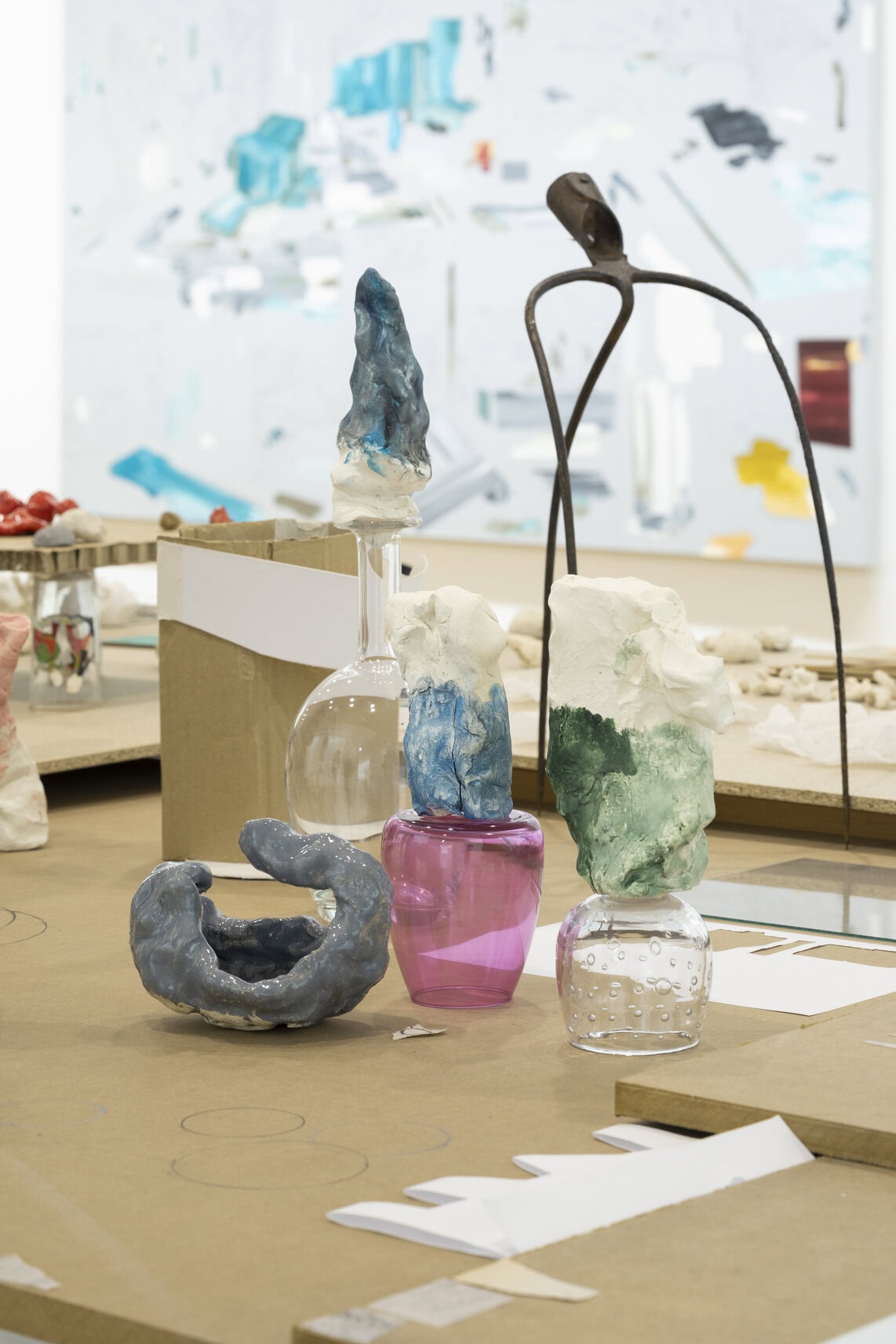
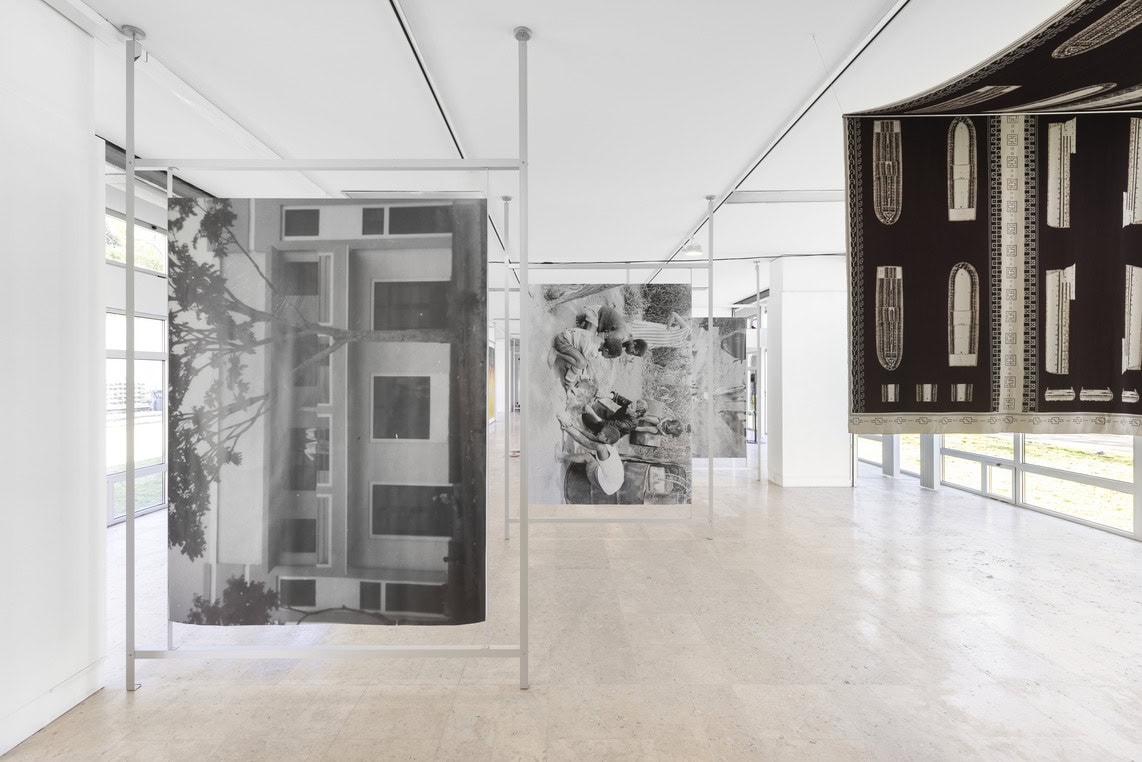
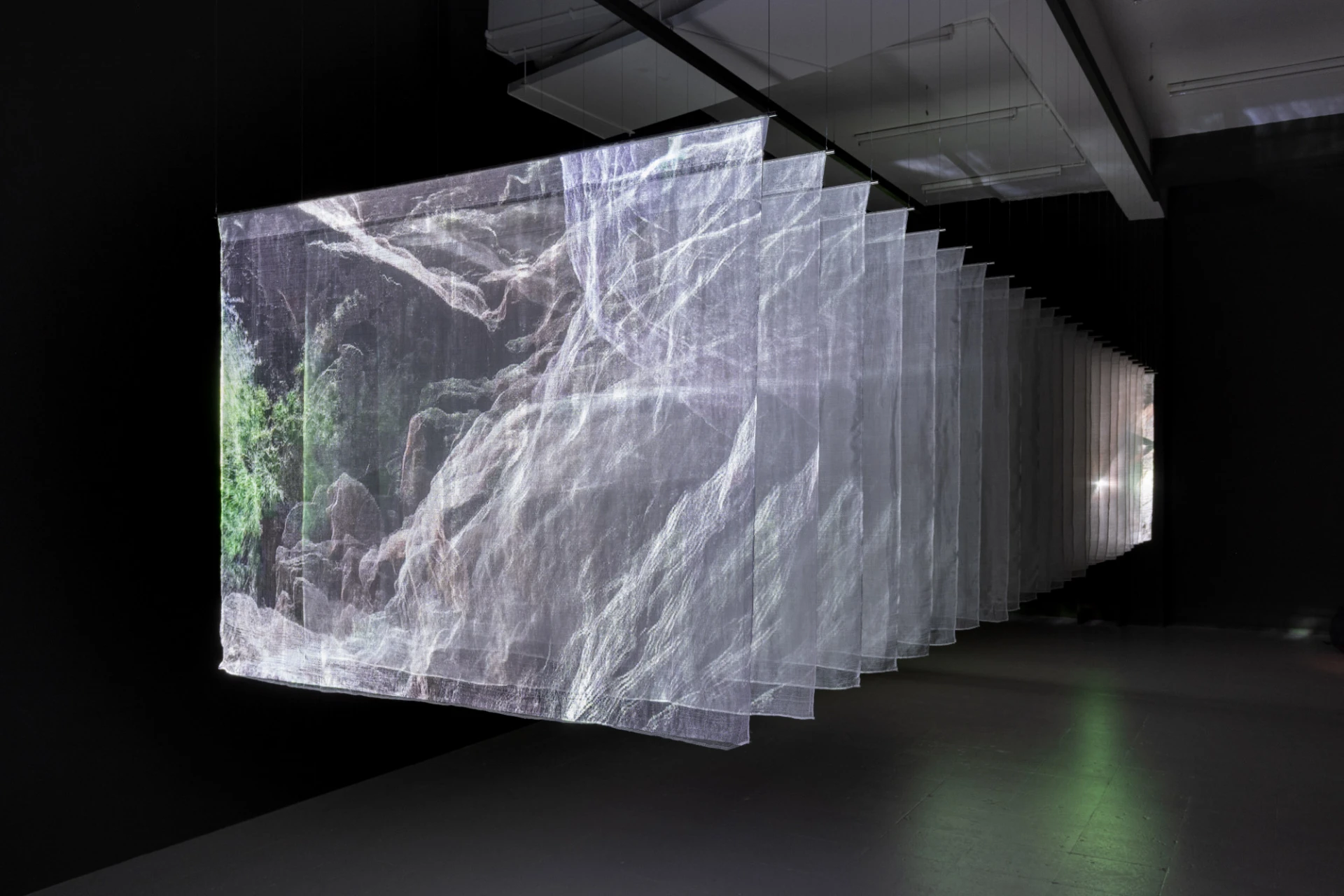
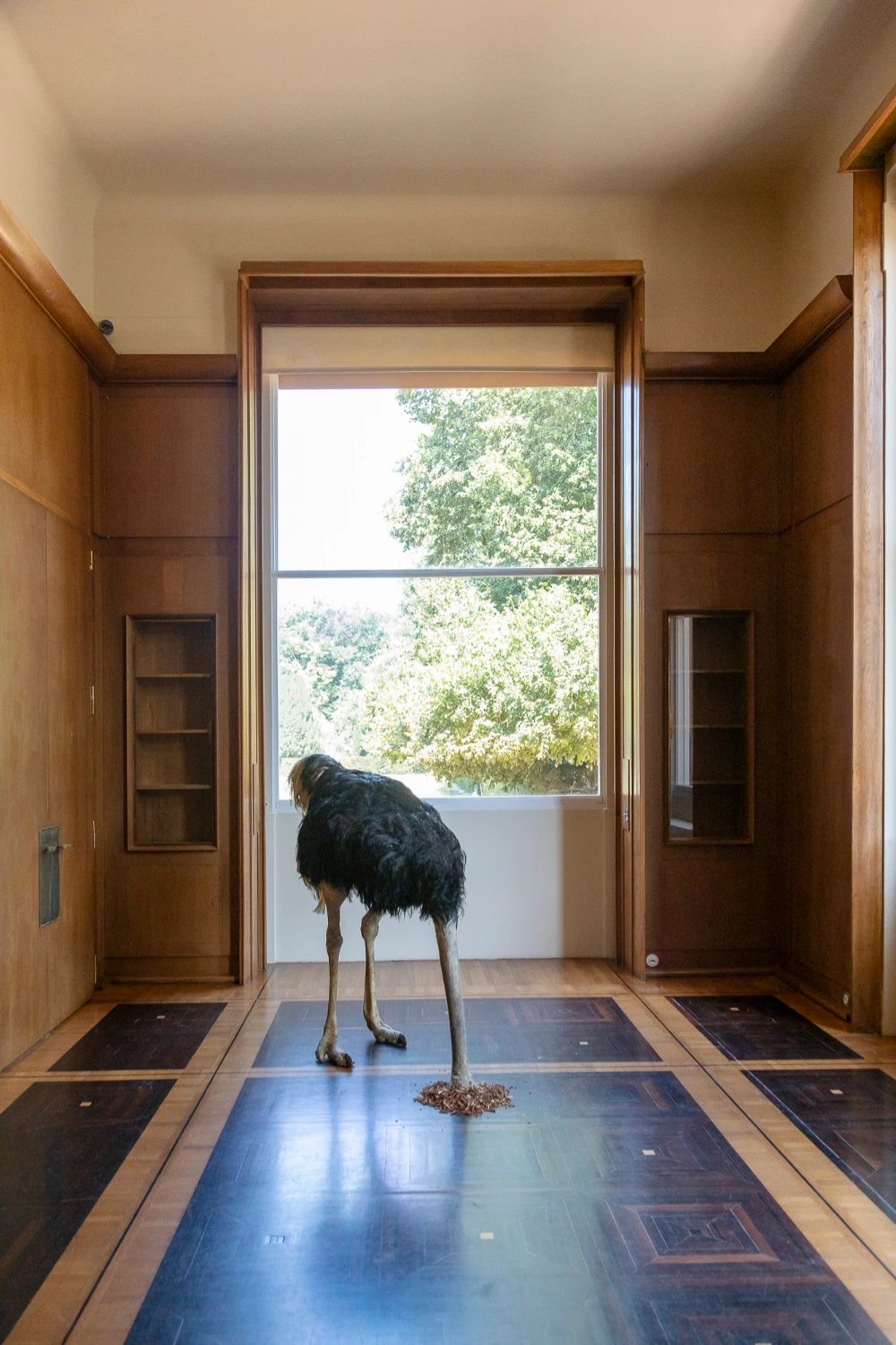
©photoElaBialkowskaOKNOstudio-7yoip.jpg)
